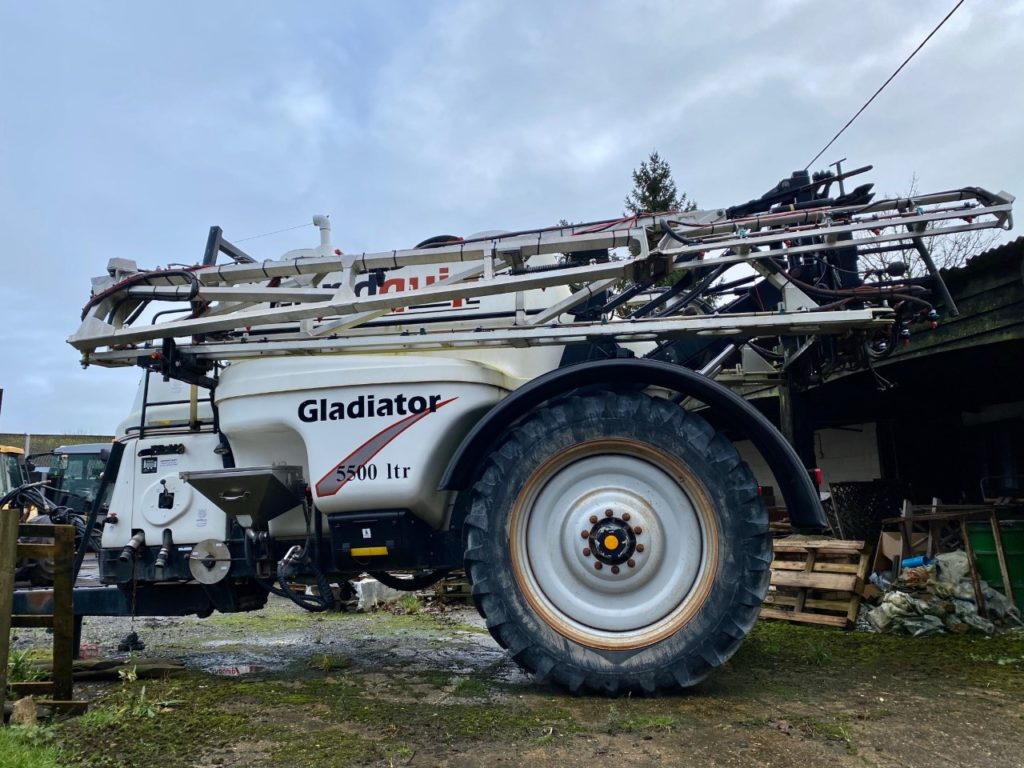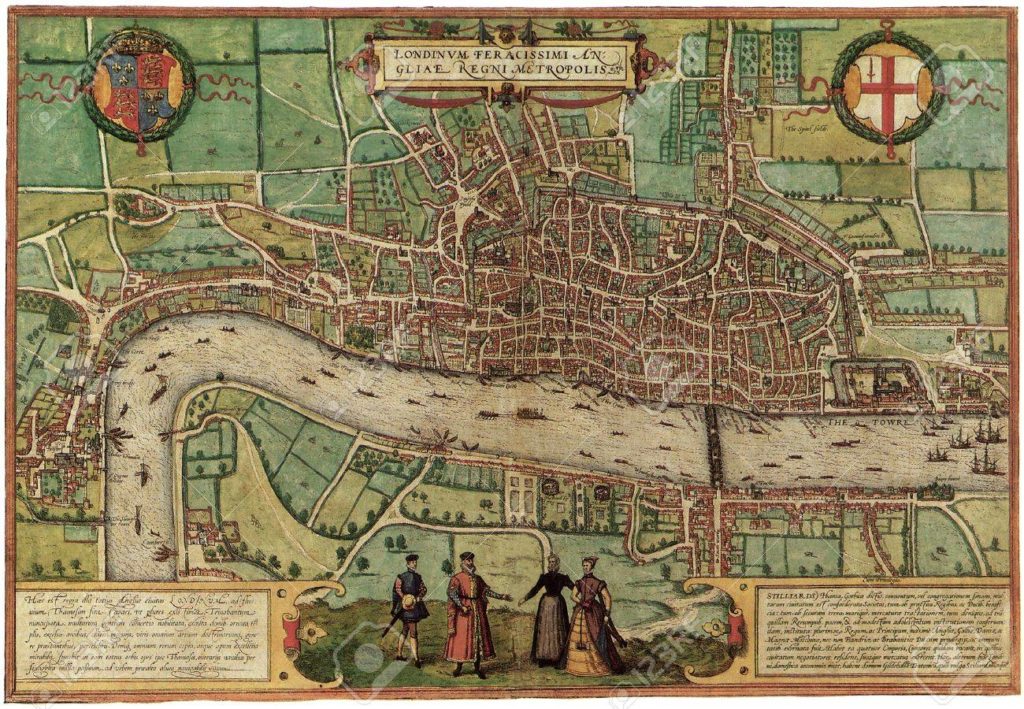Sebastian Cox, furniture maker and manifesto writer

Modern Life from Wilder Land – a manifesto for nature-first land and resource use by Sebastian and Brogan Cox 2019
In those fallow days between Christmas and New Year, as terrible news of fire and flood kept breaking into consciousness, I discovered something called silvopasture.
I read about it lying on a bed which had been made by furniture maker Sebastian Cox and which had been a gift from me to my wife or maybe the other way around. Anyway the bed was made by Cox and it was his manifesto (“modern life from wilder land”) that I was in fact reading at the time when I came across silvopasture.
This was the sentence that caught my eye:
“The practice of integrating trees with pasture for both animal and tree produce, like nuts or fruit, is known as silvopasture.”
Reclining there, grazing on Christmas nuts and candied fruit, this all sounded pretty good to me. Cox’s manifesto had on its cover a woodcut of some extremely contented looking pigs happily foraging for plants and flowers in the shade of a coppiced wood. What could be nicer? What could be more hopeful at a time of climate peril?
He referenced Wakelyns Agroforestry, a farm in the Waveney Valley on the border between Suffolk and Norfolk in East Anglia. He said that this was the kind of wilder arable land, less intensive but more productive, that we needed to see more of. I checked it out on googlemaps. It was 45 mins away.
It turns out that silvopasture may be bountiful bit it is not easy to find. As we proceeded deeper into Suffolk we turned left when we should have turned right and we went on when we should have turned back and even our rerouting had to be rerouted.
When we eventually arrived at the entrance to Wakelyns farm it said it was a “No Through Road”. Ominous.
Were we really in the right place? On one side of the entrance was a 4 X 4 sitting on top of a pile of rubble and on the other side of the entrance was a machine called Gladiator. It all looked like something from Oxymandias, the monumental relics of a long displaced civilisation. It turned out these belonged to a manufacturing firm which exported pesticide sprayers across the world, machinery for industrial farming. There was nothing to do with agroforestry here, no integration of trees and pasture and certainly no foraging for mixed nuts and fruit.
We were told that Wakelyns was further down the lane and it was true, in the distance, we could see strips of land intersecting with hazel thickets, perennial woodland, wild hedging.
But now, suddenly, it all seemed quite dangerous and we weren’t sure we wanted to experience silvopasture after all. Was it too late to turn back? What would we find at the bottom of the lane? Or having come this far did we actually have a choice? (to be continued).







